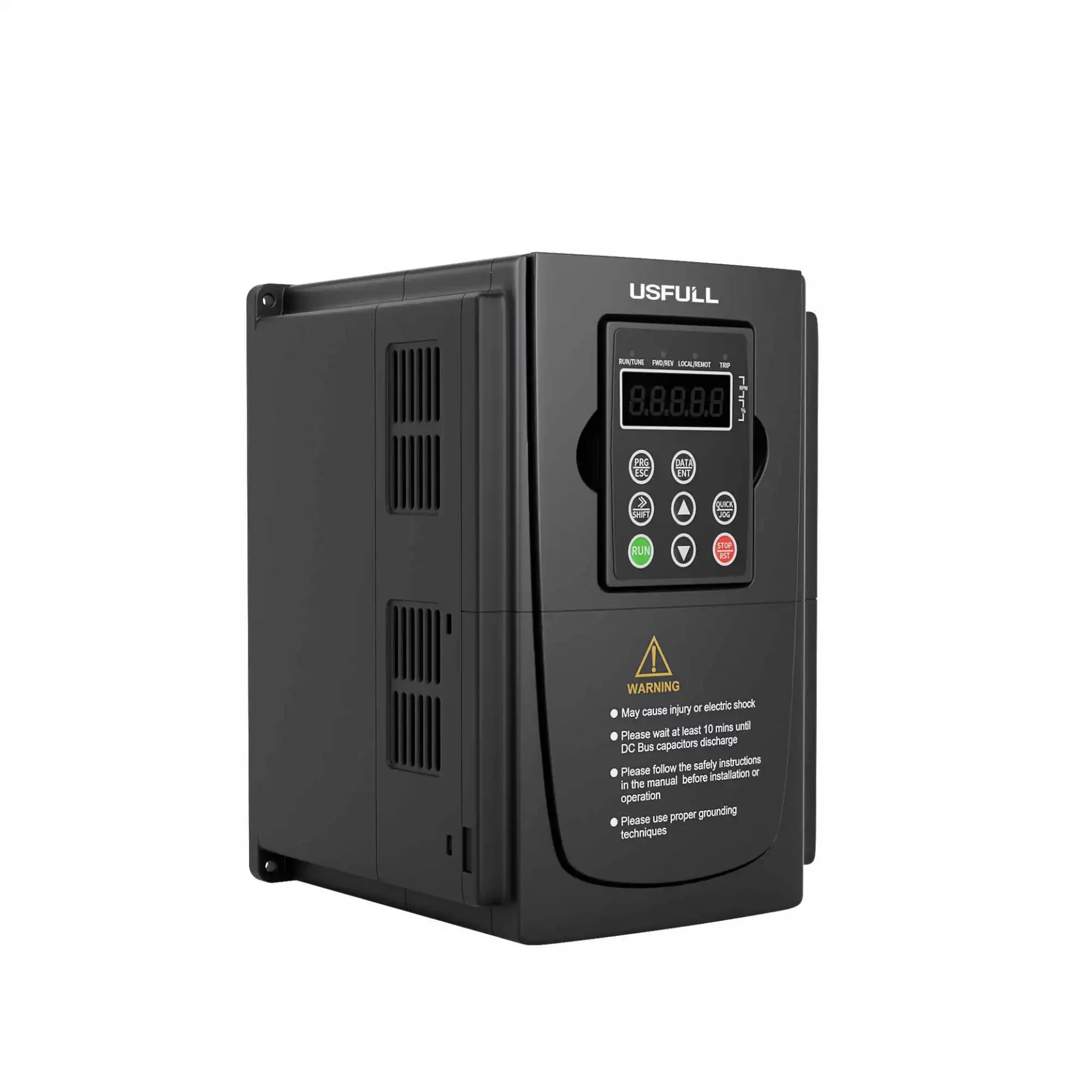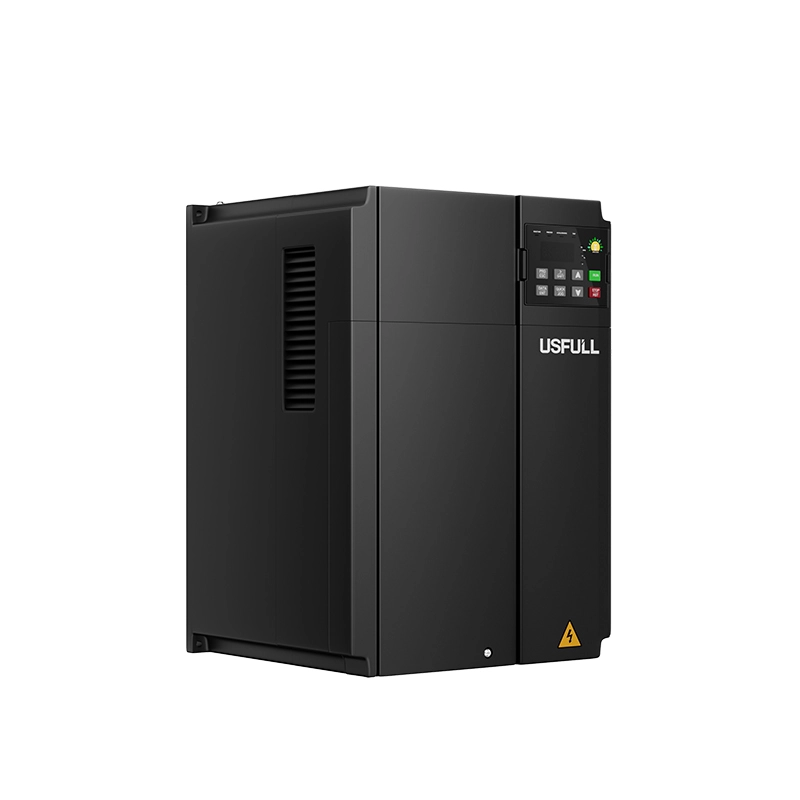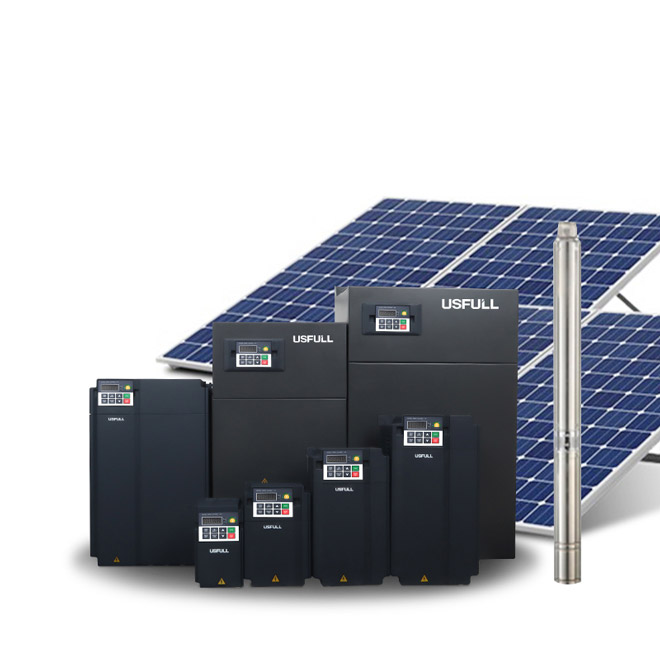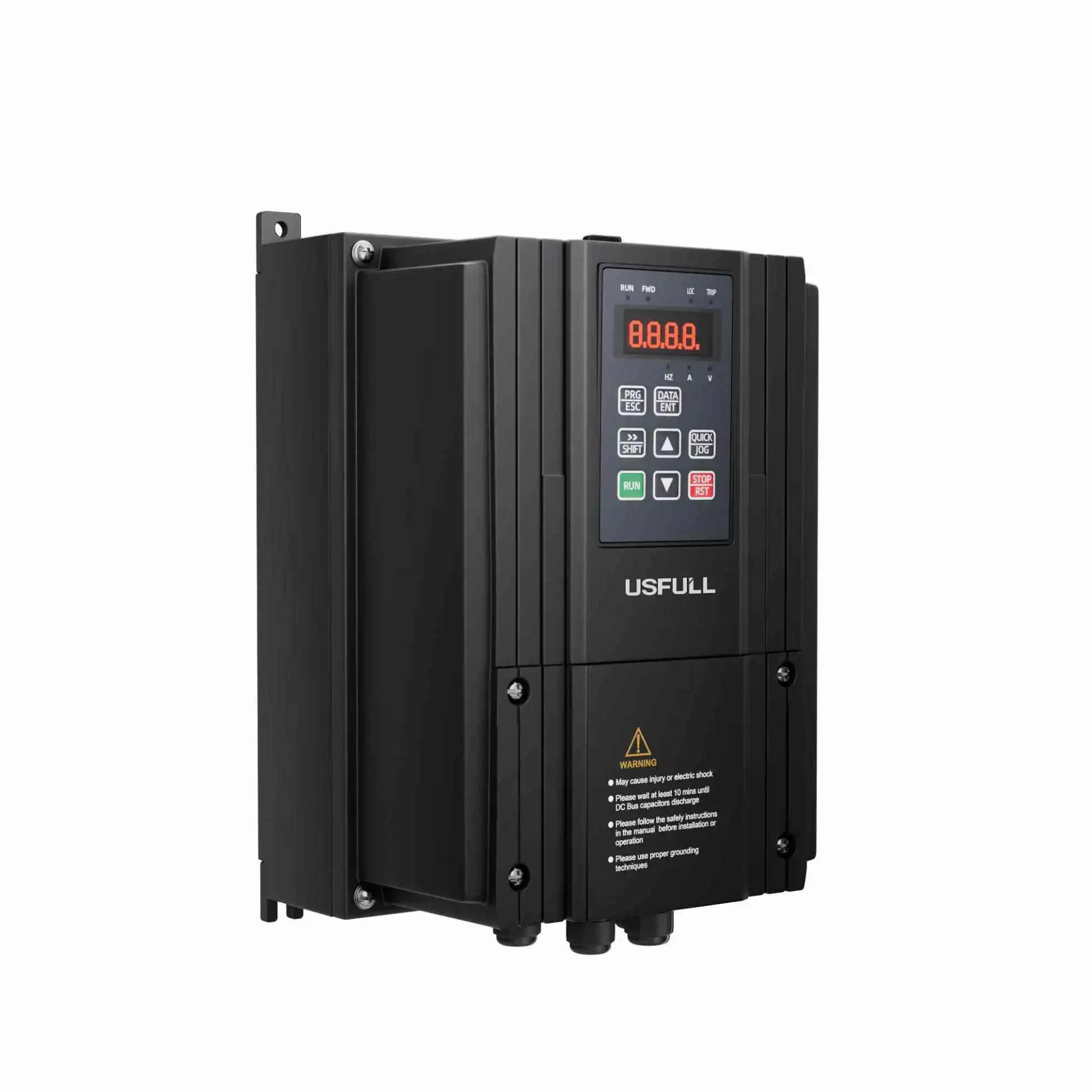Introduce
Running a motor at no load using a frequency inverter, also known as a variable frequency drive (VFD), or variable speed drive, requires careful consideration of various settings and parameters to ensure smooth and efficient operation. Even though the motor is not under load, several key factors such as working current, maximum output frequency, base frequency, and torque characteristics must be configured correctly. Moreover, the inverter VFD should be set to operate through its own control interface to simplify testing and operation. In this article, we will explore the essential technical requirements for running a motor at no load with a variable frequency inverter.
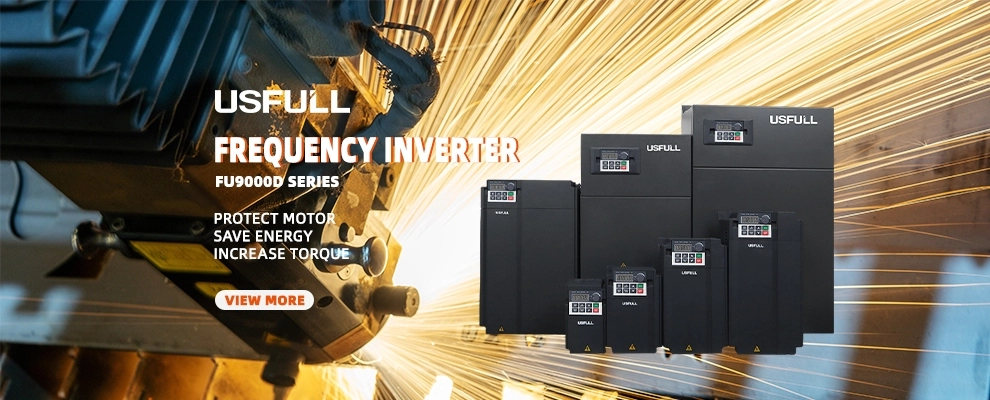
Technical Requirements for Frequency Inverter Running with Motor at No Load
1.Motor Power and Pole Settings To begin, it is essential to set the motor’s power and number of poles in accordance with the motor’s specifications. The variable frequency drive must account for the motor’s working current to ensure compatibility. Inaccurate settings could lead to improper motor operation or damage to the equipment.
2.Maximum Output Frequency and Base Frequency The frequency inverter should be configured for the motor’s maximum output frequency and base frequency. These values are critical because the variable frequency inverter typically supports higher maximum frequencies than the motor can safely handle. The base frequency, which defines the boundary between constant power control and constant torque control, should be set according to the motor’s rated voltage. For optimal performance, the base frequency ensures that the motor operates within its safe voltage range and maintains a balance between power and torque.
3.Torque Characteristics and V/f Curve Selection Setting the correct torque characteristics is another crucial factor. The V/f (Voltage to Frequency) control method involves selecting the maximum frequency, base frequency, and torque type. This ensures that the motor receives the right amount of voltage for the desired frequency, maintaining consistent torque output. If the motor is connected to a fan or pump, the inverter VFD should be programmed for variable torque and de-rated torque characteristics. In low-frequency ranges, voltage compensation is often necessary to maintain adequate torque output, as the effects of resistance and leakage reactance become more pronounced.
Some variable speed drives offer multiple V/f curves for users to choose from, depending on the load type. For instance, with fan and pump applications, selecting the proper V/f curve ensures efficient energy use and smooth motor performance.
4.Manual Operation Mode via Keypad To test the motor under no-load conditions, it is recommended to configure the variable frequency inverter to operate in manual mode using its built-in keypad. This allows the operator to manually start and stop the motor and observe its behavior. Monitoring how the motor responds to simple commands helps ensure that the system is functioning properly before adding load.
5 .Protection Settings and Fault Monitoring Protection mechanisms such as overload and overcurrent protection are critical when operating a motor with a frequency inverter. Users should familiarize themselves with the fault codes that may be triggered during operation, such as thermal protection or overload protection, and ensure that settings like the electronic thermal relay function are configured according to the motor’s and inverter’s rated current.
The electronic thermal relay threshold is typically set as a percentage of the rated current for both the motor and the inverter VFD. If the inverter’s output current exceeds its allowable limit, overcurrent protection will automatically stop the motor to prevent damage. Therefore, the maximum threshold of the electronic thermal relay should not exceed the inverter’s maximum allowable output current.
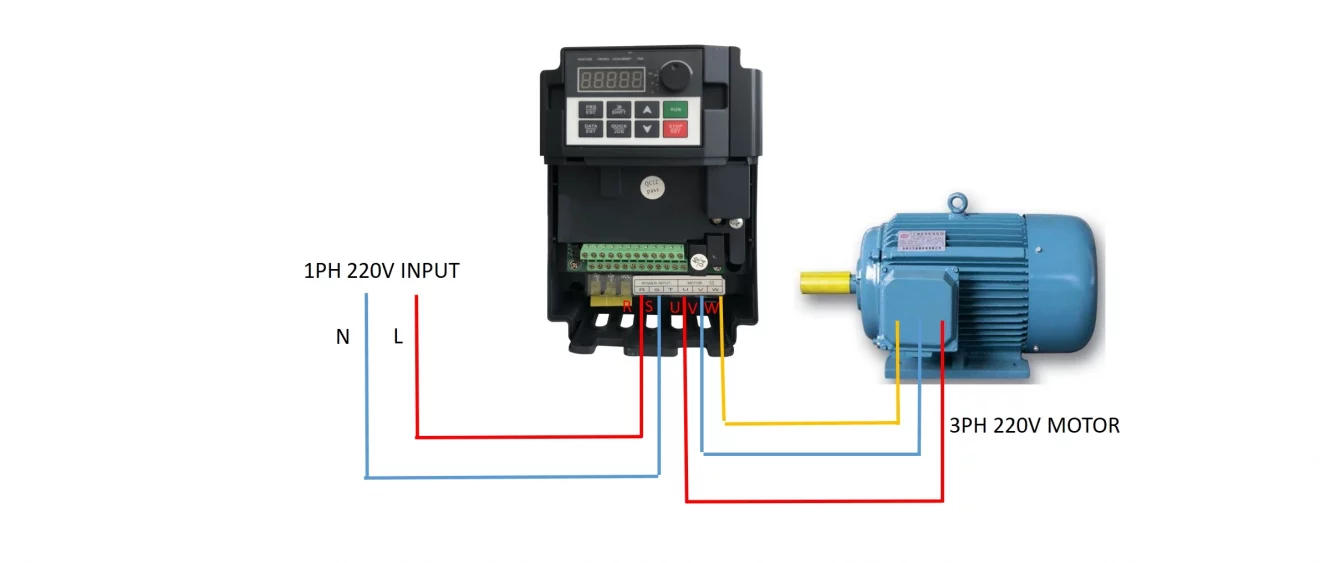
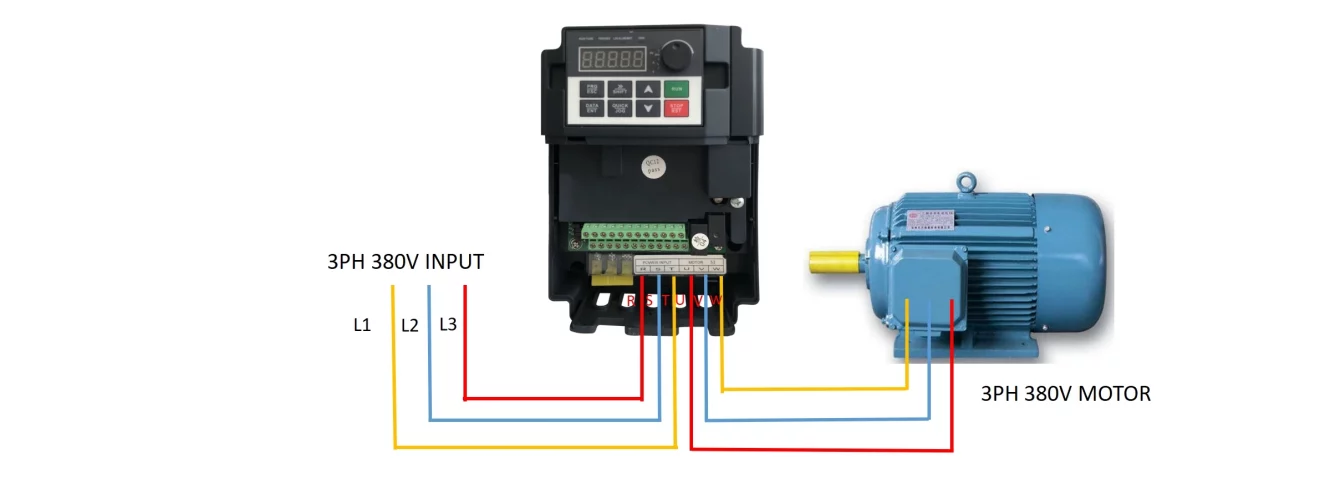
Conclusion
Operating a motor at no load with a frequency inverter requires careful attention to specific settings and parameters. Configuring the motor’s power and poles, adjusting the maximum output frequency and base frequency, selecting the appropriate V/f curve, and ensuring proper protection mechanisms are in place are all essential steps. By adhering to these requirements, the inverter VFD can operate efficiently, allowing for safe testing and operation of the motor at no load. This ensures the motor and inverter work in harmony, prolonging the lifespan of both components while avoiding potential operational issues.

